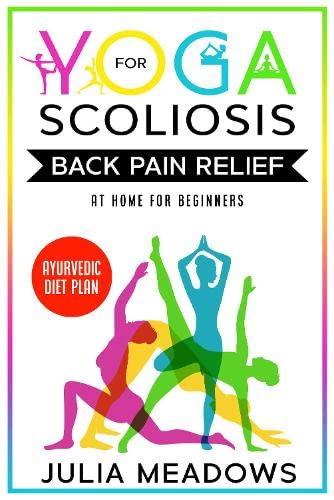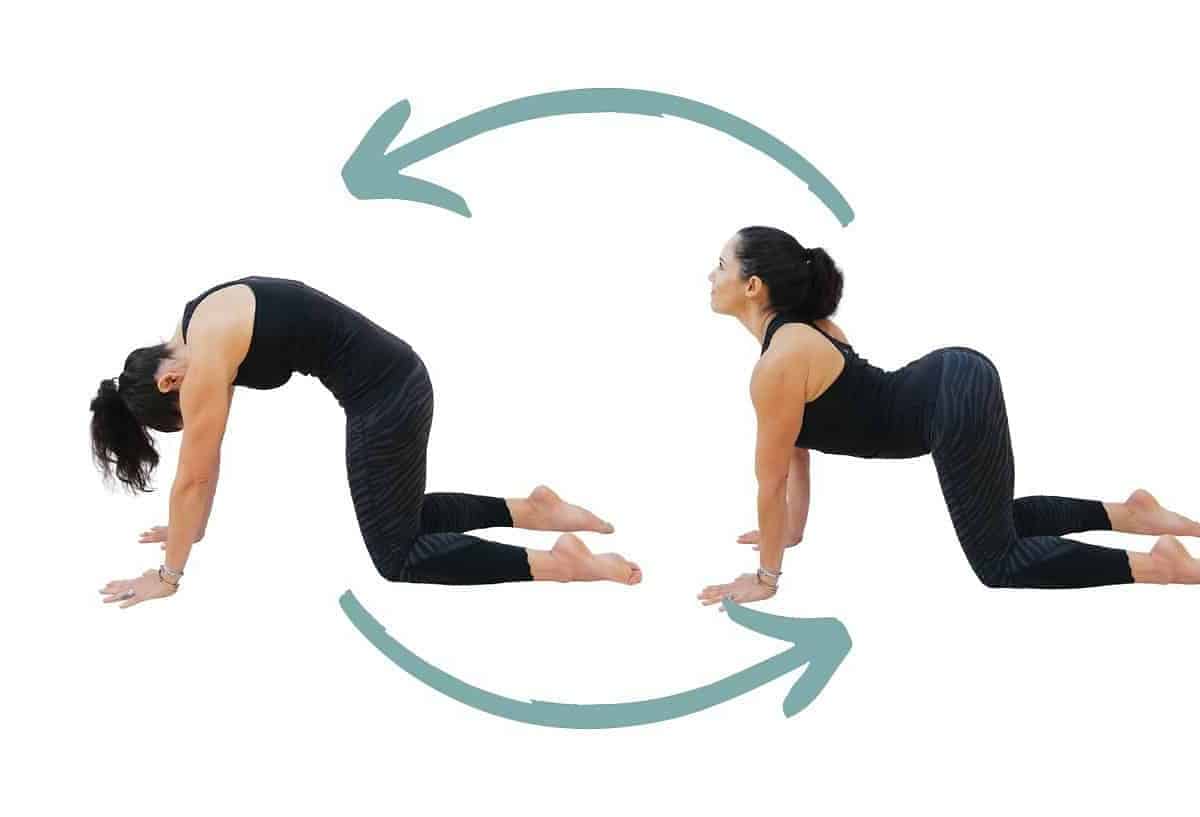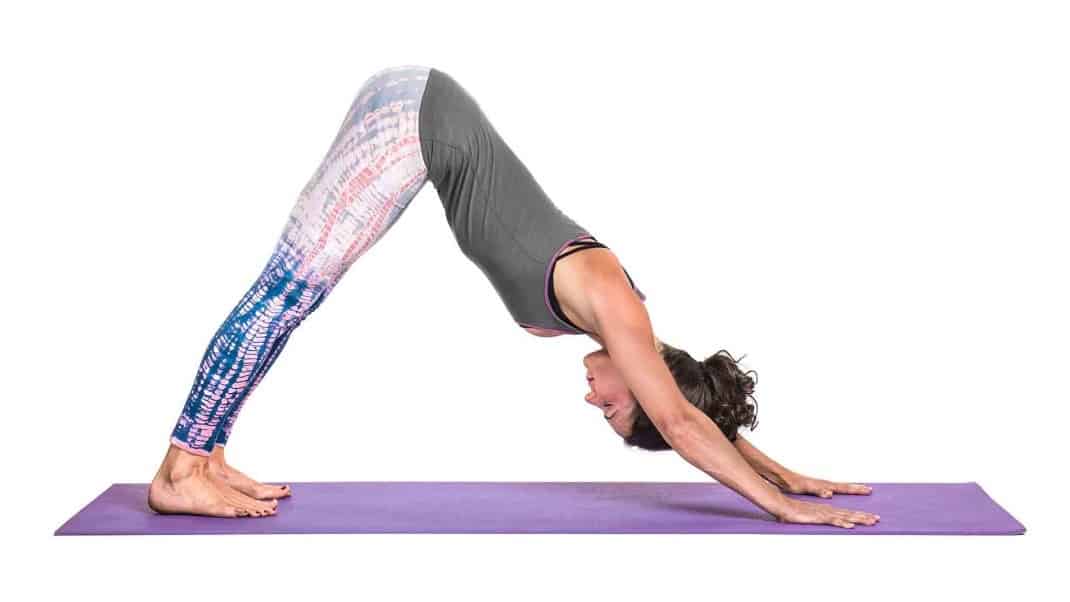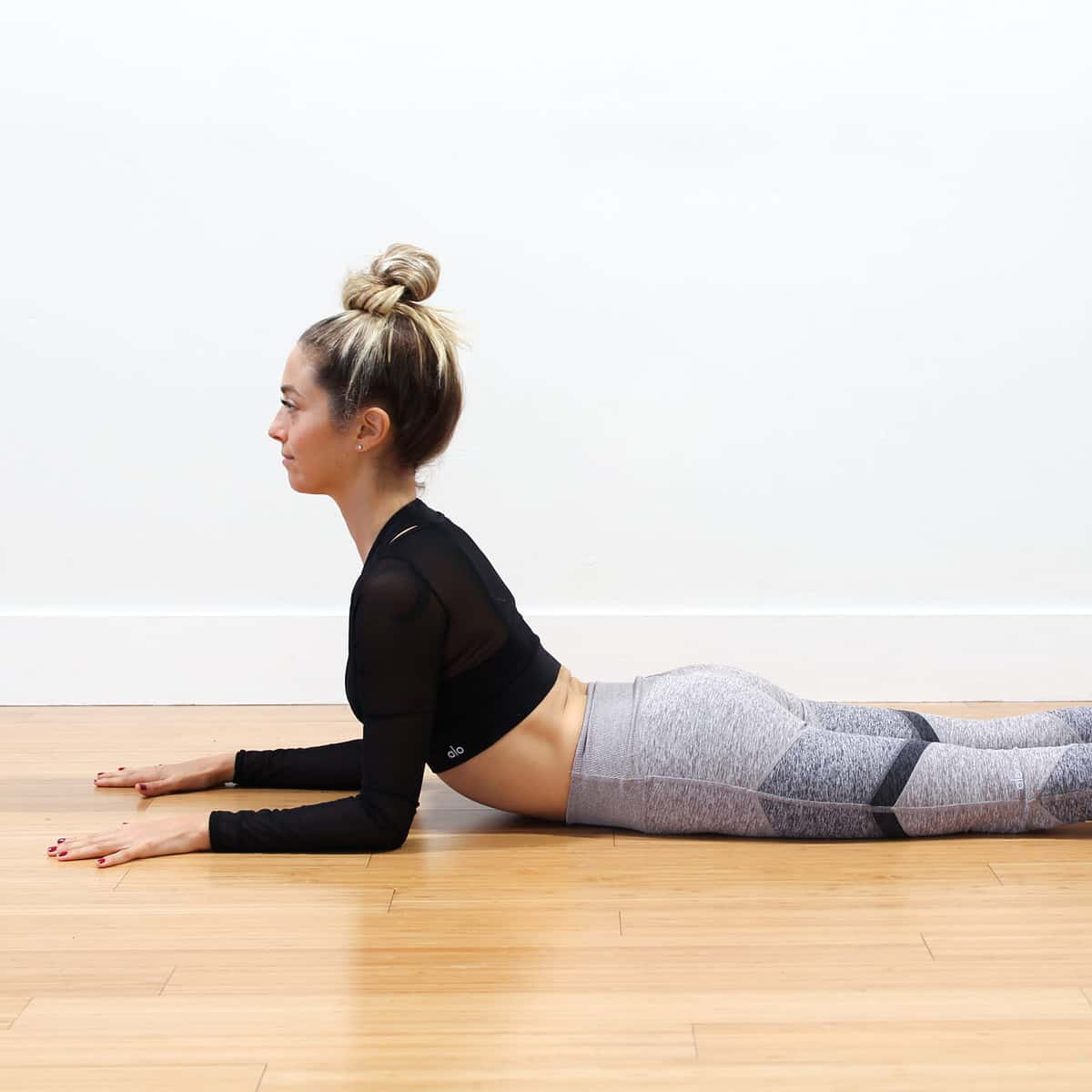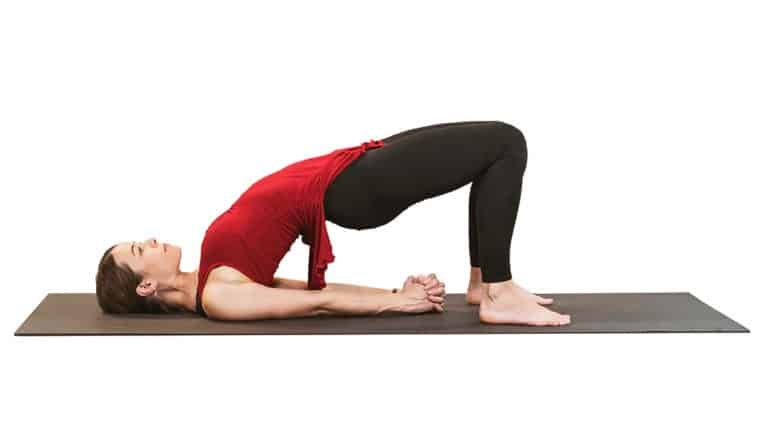Are you an athlete seeking a powerful ally to conquer back pain and enhance your performance? Look no further! Yoga for athletes is the secret weapon you’ve been searching for! In this comprehensive guide, we’ll delve into the incredible benefits of yoga, specifically tailored for athletes, to prevent and recover from back pain.
Whether you’re a seasoned pro or a weekend warrior, these expert-backed yoga practices will help you achieve peak physical condition and pave the way to triumph! So, roll out your mat, and let’s embark on this exciting journey of strength, flexibility, and holistic well-being.
Understanding the Back Pain Struggle
Before we dive into the world of yoga, it’s essential to comprehend the struggles athletes face with back pain. The rigorous training, repetitive movements, and high impact activities that define an athlete’s lifestyle can take a toll on their spine.
Common issues include muscle strains, disc injuries, and postural imbalances, all of which can impede performance and dampen the spirit. Athletes need a solution that not only addresses the pain but also strengthens and nourishes their bodies to withstand the challenges of their chosen sport.
The Marvelous Benefits of Yoga for Athletes
Yoga offers a myriad of benefits specifically tailored to athletes. Incorporating yoga into an athlete’s routine can prove to be a game-changer, with advantages that include:
- Improved Flexibility: Yoga’s gentle yet potent stretches lengthen muscles and tendons, leading to improved flexibility, reduced stiffness, and enhanced range of motion.
- Enhanced Core Strength: The core is the powerhouse of an athlete’s body, and yoga postures work wonders to strengthen and stabilize this crucial area, leading to better overall performance and balance.
- Increased Body Awareness: Athletes who practice yoga develop heightened body awareness, allowing them to recognize imbalances and address potential issues before they become serious injuries.
- Better Posture and Alignment: Yoga emphasizes proper alignment, which is vital for athletes to maintain peak performance and prevent strain on the spine and muscles.
- Injury Prevention: By promoting a balanced musculature and addressing muscular imbalances, yoga becomes a potent tool in preventing injuries that often plague athletes.
- Stress Reduction: High-stress levels can negatively impact an athlete’s performance and recovery. Yoga’s meditative aspects help reduce stress, aiding in better focus and rejuvenation.
- Faster Recovery: Yoga’s focus on relaxation and breathwork facilitates quicker recovery from intense training sessions and competitions.
- Mental Resilience: Yoga nurtures mental fortitude, helping athletes overcome challenges, build determination, and develop a positive mindset on and off the field.
Yoga Poses for Back Pain Prevention and Recovery
Now, let’s delve into some remarkable yoga poses tailored to address back pain, prevent injuries, and accelerate recovery. Remember to listen to your body, breathe deeply, and modify the poses as needed.
Here’s a table listing yoga poses that can help relieve back pain for different types of athletes, categorized based on the primary muscle groups and areas targeted:
| Type of Athlete | Muscle Groups/Area | Yoga Poses to Relieve Back Pain |
|---|---|---|
| Runners | Lower Back, Hips | Cat-Cow Pose, Pigeon Pose, Child’s Pose, Sphinx Pose, Downward-Facing Dog |
| Cyclists | Lower Back, Hips | Cat-Cow Pose, Pigeon Pose, Child’s Pose, Cobra Pose, Downward-Facing Dog |
| Weightlifters | Lower Back, Spine | Child’s Pose, Sphinx Pose, Cat-Cow Pose, Child’s Pose, Seated Forward Bend |
| Swimmers | Upper Back, Shoulders | Child’s Pose, Cat-Cow Pose, Cobra Pose, Thread the Needle Pose, Child’s Pose |
| Basketball Players | Lower Back, Hips | Cat-Cow Pose, Child’s Pose, Downward-Facing Dog, Child’s Pose, Pigeon Pose |
| Soccer Players | Lower Back, Hips | Child’s Pose, Pigeon Pose, Cat-Cow Pose, Seated Forward Bend, Sphinx Pose |
Notes:
- Cat-Cow Pose: Gentle movement to warm up and flex the spine.
- Pigeon Pose: Stretches hips and can help release tension in the lower back.
- Child’s Pose: Relaxes the lower back and stretches the spine.
- Sphinx Pose: Helps relieve mild backache and opens the chest.
- Cobra Pose: Strengthens the back muscles and can relieve stiffness.
- Downward-Facing Dog: Stretches and strengthens the entire back and lengthens the spine.
- Seated Forward Bend: Stretches the lower back and hamstrings, promoting relaxation.
- Thread the Needle Pose: Stretches and relieves tension in the upper back and shoulders.
It’s important to practice these poses mindfully, focusing on proper alignment and breathing.
1. Cat-Cow Stretch (Marjaryasana-Bitilasana)
- This gentle flowing sequence warms up the spine, improves flexibility, and releases tension in the back.
- Start on your hands and knees, inhale as you arch your back (Cow Pose), and exhale as you round your spine (Cat Pose).
- Repeat this motion for 1-2 minutes, syncing your breath with movement.
2. Downward-Facing Dog (Adho Mukha Svanasana)
- This iconic yoga pose stretches the entire backside of the body, including the spine, hamstrings, and calves.
- Begin in a plank position, push your hips up and back, forming an inverted V-shape.
- Hold for 5-10 breaths, actively pressing your hands into the mat and engaging your core.
3. Child’s Pose (Balasana)
- A restorative pose that provides a gentle stretch to the lower back and promotes relaxation.
- Sit back on your heels, lower your torso forward, and extend your arms in front of you.
- Hold for 1-2 minutes, breathing deeply and surrendering to the pose.
4. Sphinx Pose (Salamba Bhujangasana)
- This pose gently strengthens the spine, opens the chest, and improves posture.
- Lie on your belly, place your elbows under your shoulders, and lift your chest off the mat.
- Hold for 30 seconds to 1 minute, keeping your shoulders relaxed and neck long.
5. Bridge Pose (Setu Bandhasana)
- An excellent pose for strengthening the lower back, glutes, and hamstrings.
- Lie on your back, bend your knees, and lift your hips off the mat.
- Hold for 30 seconds to 1 minute, engaging your core and pressing through your feet.
6. Pigeon Pose (Eka Pada Rajakapotasana)
- This hip-opening pose helps release tension in the lower back and hips.
- From a plank position, bring your right knee behind your right wrist, and extend your left leg behind you.
- Hold for 1-2 minutes, keeping your hips squared and breathing deeply.
The Power of Pranayama
Breathwork, or pranayama, is an integral part of yoga that can significantly impact an athlete’s physical and mental well-being. Here are two pranayama techniques to add to your practice:
1. Ujjayi Breathing
- Known as the “victorious breath,” Ujjayi involves breathing through the nose, constricting the back of the throat slightly, creating a soft oceanic sound.
- This deep and rhythmic breath helps calm the mind, regulate the nervous system, and increase lung capacity.
2. Nadi Shodhana (Alternate Nostril Breathing)
- This technique involves using the thumb and ring finger to alternate nostrils while breathing.
- Nadi Shodhana helps balance the left and right hemispheres of the brain, promoting focus, clarity, and relaxation.
FAQs: Your Burning Questions Answered
Q: How often should athletes practice yoga?
A: Ideally, athletes should aim for 2-3 yoga sessions per week, complementing their training routine.
Q: Can yoga help with existing back injuries?
A: Absolutely! Yoga can aid in rehabilitating back injuries by strengthening supporting muscles and improving flexibility.
Q: Is yoga suitable for all types of athletes?
A: Yes, yoga can be adapted to suit various athletic disciplines, ensuring a safe and effective practice for all.
Q: Can yoga replace warm-up and cool-down routines?
A: While yoga is beneficial for flexibility and recovery, athletes should still include dynamic warm-ups and cooldowns specific to their sport.
Q: Can yoga improve an athlete’s focus and mental clarity?
A: Yes, the mindfulness aspect of yoga enhances focus, concentration, and overall mental resilience.
Conclusion on Yoga for Athletes
In conclusion, yoga is an invaluable asset for athletes seeking to prevent and recover from back pain while enhancing their overall performance. The combination of physical postures, breathwork, and mental focus creates a holistic approach that nurtures both the body and the mind.
Embrace the power of yoga and unlock your true potential on and off the field. So, go ahead, athletes – roll out your mat, breathe deeply, and embrace the journey of transformation and self-discovery!
Fun Fact: Did you know that many professional athletes, including LeBron James, Novak Djokovic, and Tom Brady, incorporate yoga into their training routines to stay at the top of their game?
Originally posted 2023-04-30 16:59:04.


